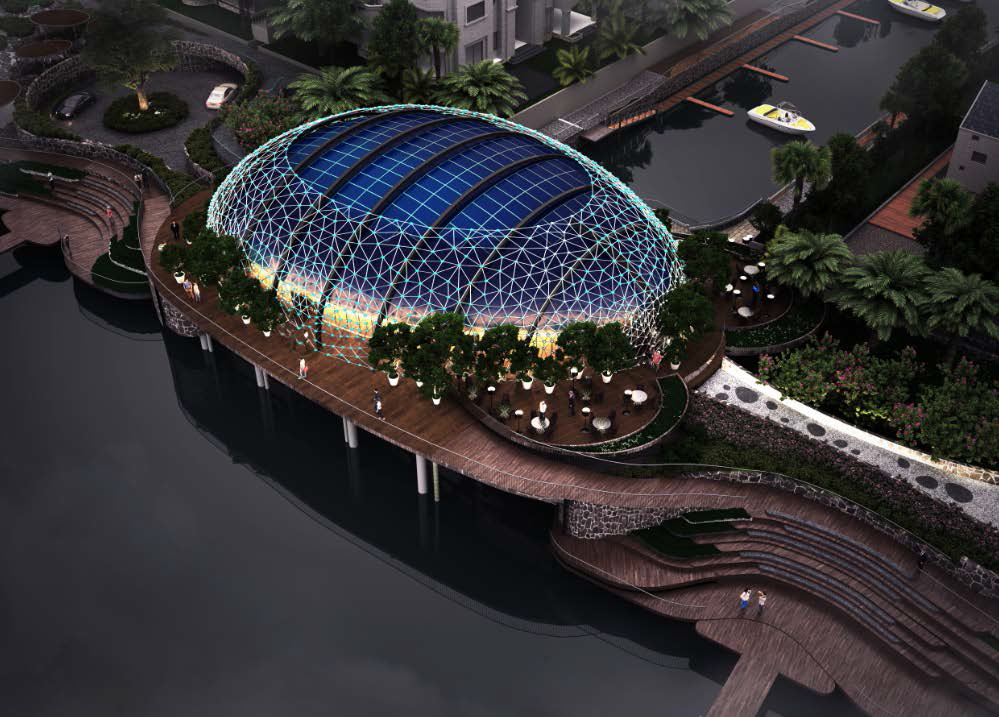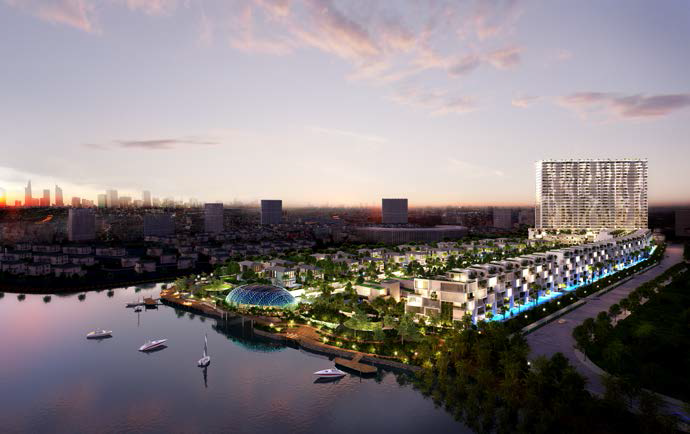Structural Engineering
The design of structural facades provides opportunities to promote transparency and an architecture which appears to defy the laws of static forces. The domain of structural façade design includes a range of project types including long-span building envelopes, glazed cable structures, structural screens and sun-shading systems, as well as façade structures built entirely in glass. As a result of technological research and modern computing methods, RFR is able to invent new constructional options and to collaborate in the proposal of new and innovative architectural solutions.
What Makes Us Different
Complex geometries constitute an important field of contemporary architectural and structural research. The extent of the spectrum of the forms that are possible depends on finalisation of the geometrical and structural criteria that represent a synthesis of all the parameters of a project, including the fabrication technology and construction methodology. Special tools developed in house by RFR enable the generation of double-curved surfaces that are elegant, modern and economical.
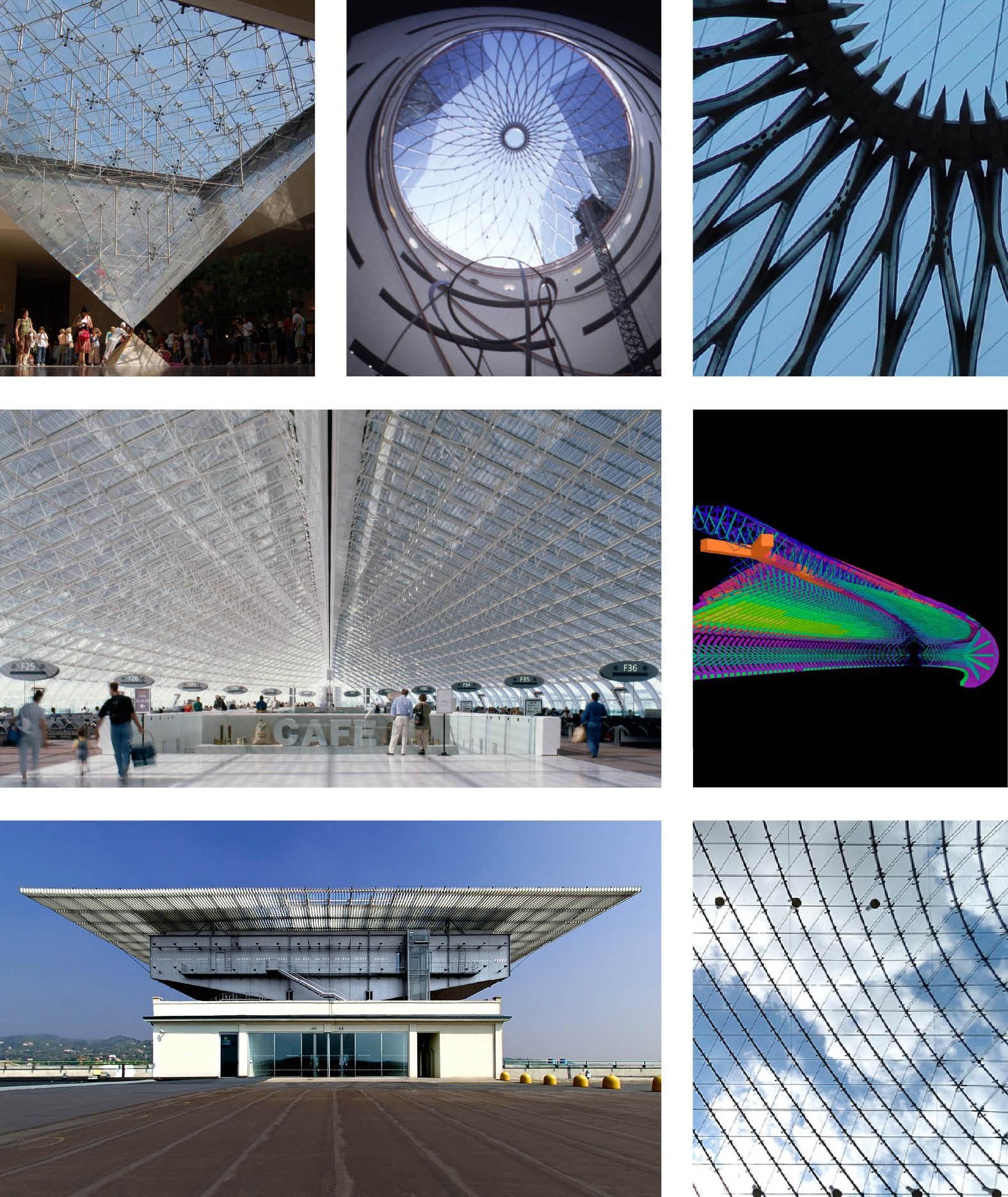
Innovation, imagination, sophisticated computing techniques, and use of the most modern nonlinear software enable RFR to develop many types of light weight structures, such as cable, fabric,
three-dimensional and shell structures.
For RFR, structural and visual lightness is synonymous with an efficiency which is integral to any
interdisciplinary project. This philosophy allows for the application of efficient structures in the
widest variety of architectural contexts.
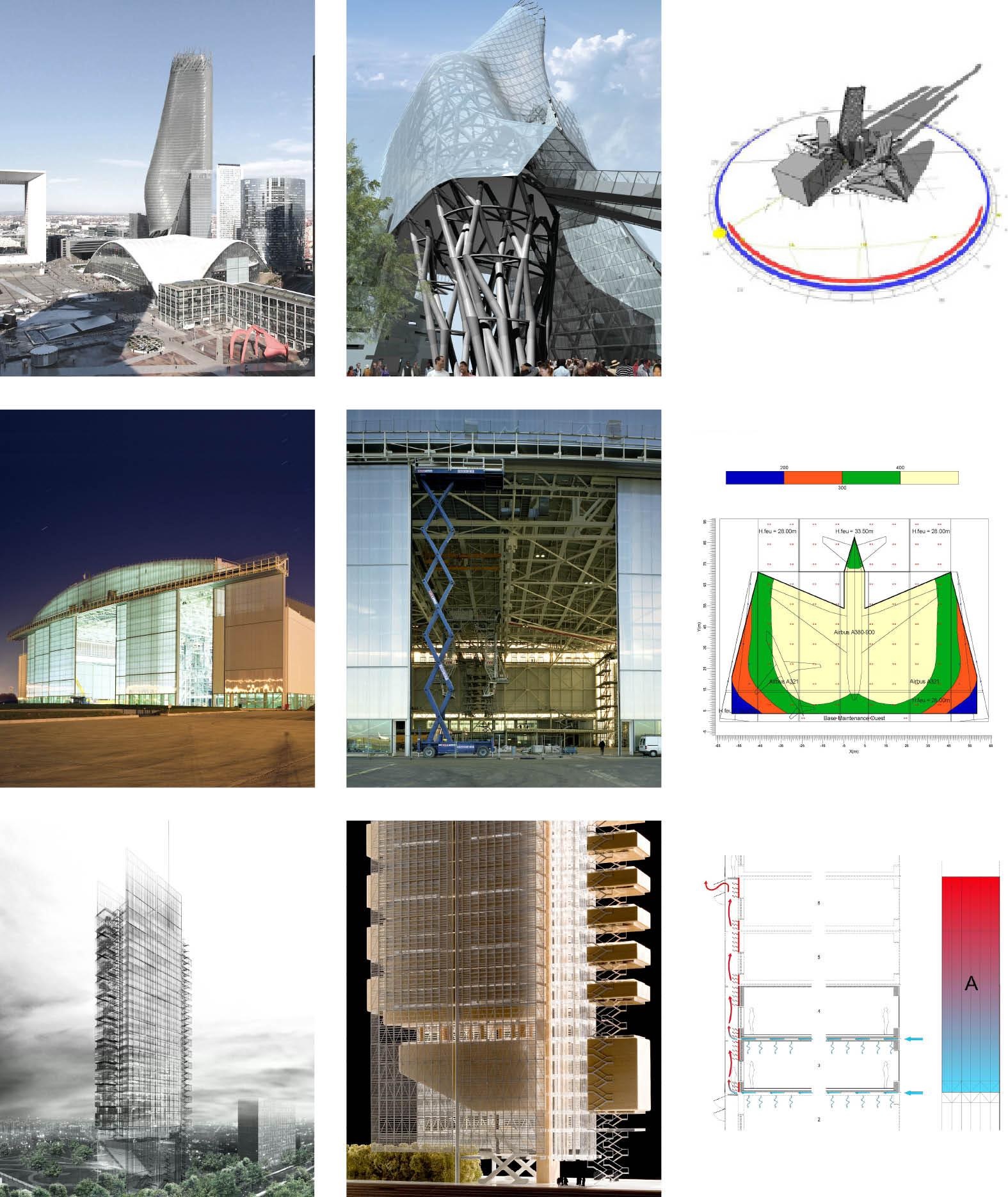
Whether horizontal or vertical, large-span structures fall outside of the usual structural approach,
and involve their own particular logic in a highly-developed mastery of engineering and
constructional techniques. Structural audacity and computational rigor, and the use of specialist
applications such as dynamic analysis or the use of wind-tunnel testing, all enable RFR to optimize
the control of forces and to design structures that are not only highly efficient and functional but
are also representative of the architectural values of the project.
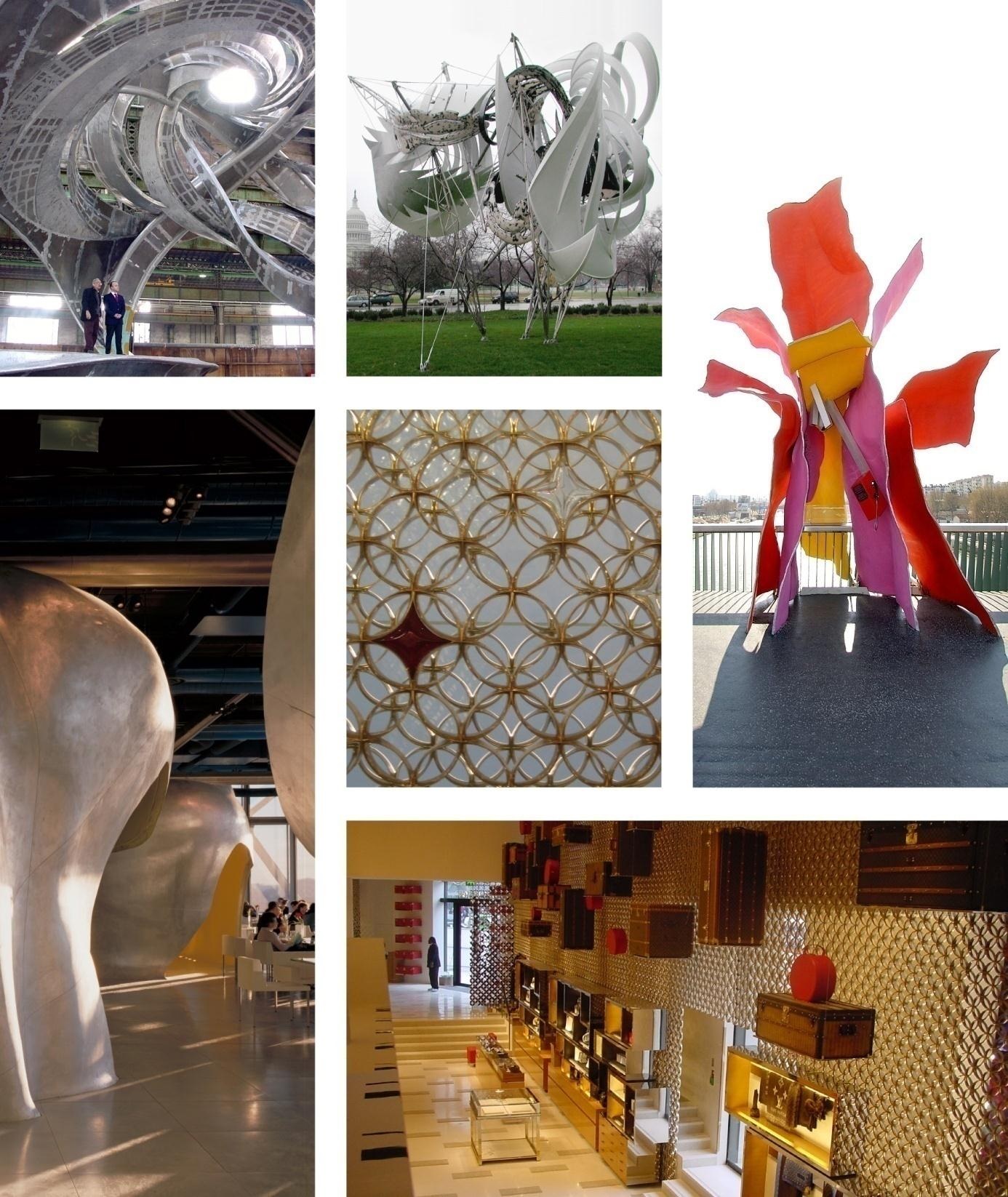
Structural problems are not only related to the construction of large buildings, but also subtle decorative elements. The area of interior design or high-end furniture, is the sculpture that creates
a highlight for the building.
The understanding of structure, attention to detail, RFR research technology provides the ability to
design small but high quality models.

